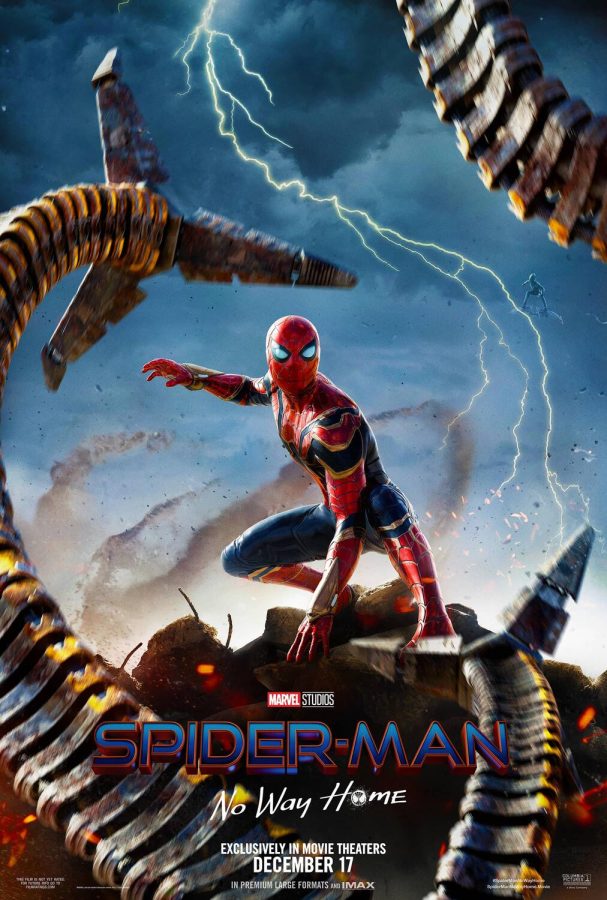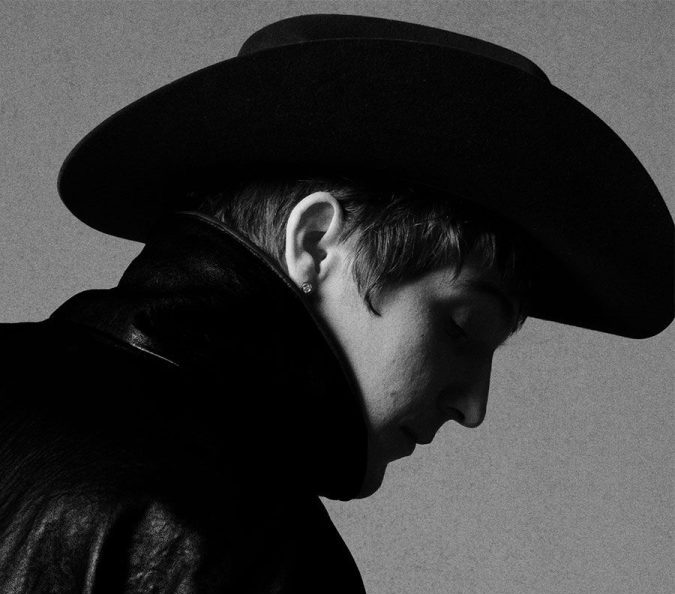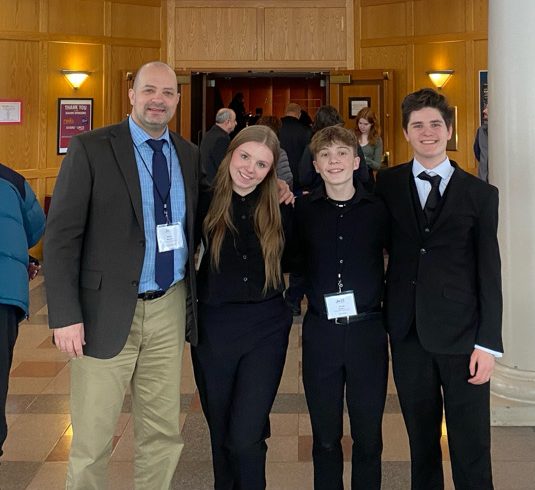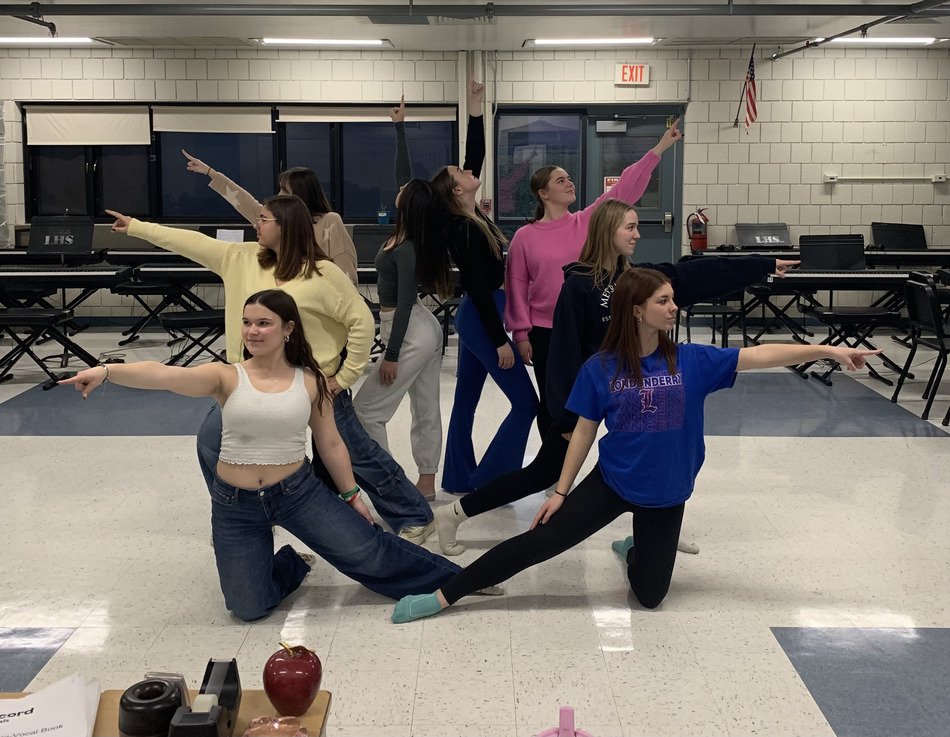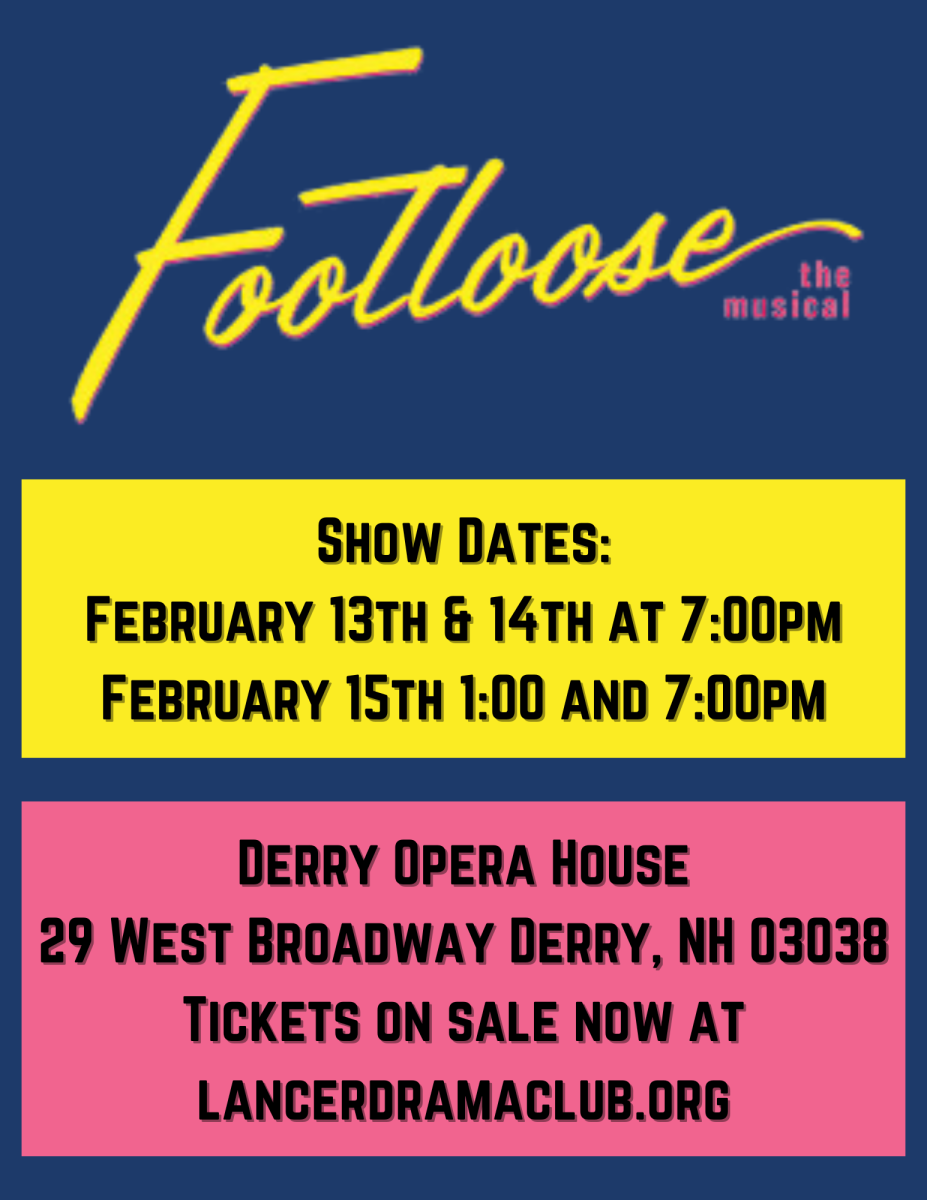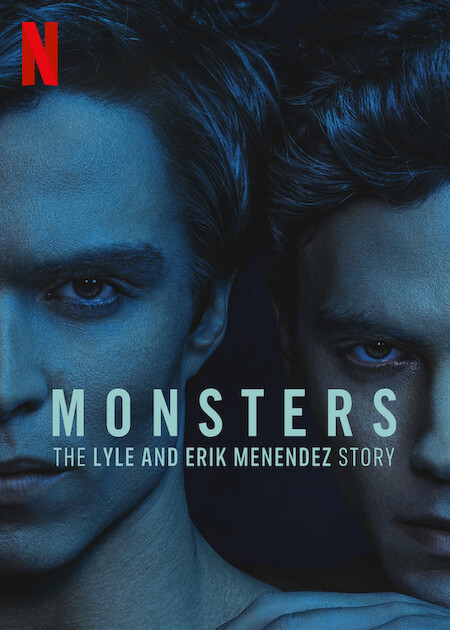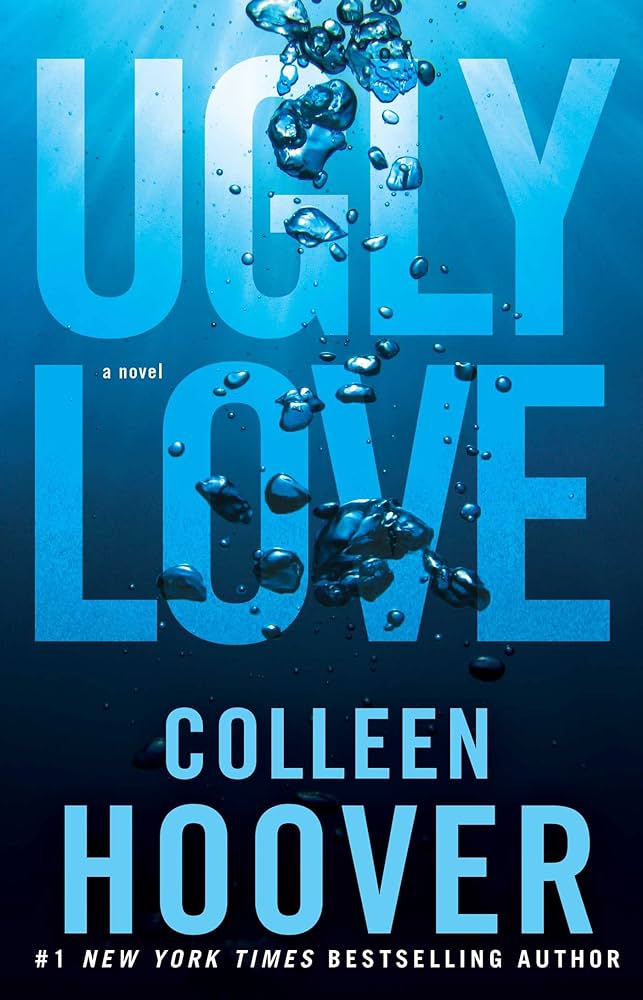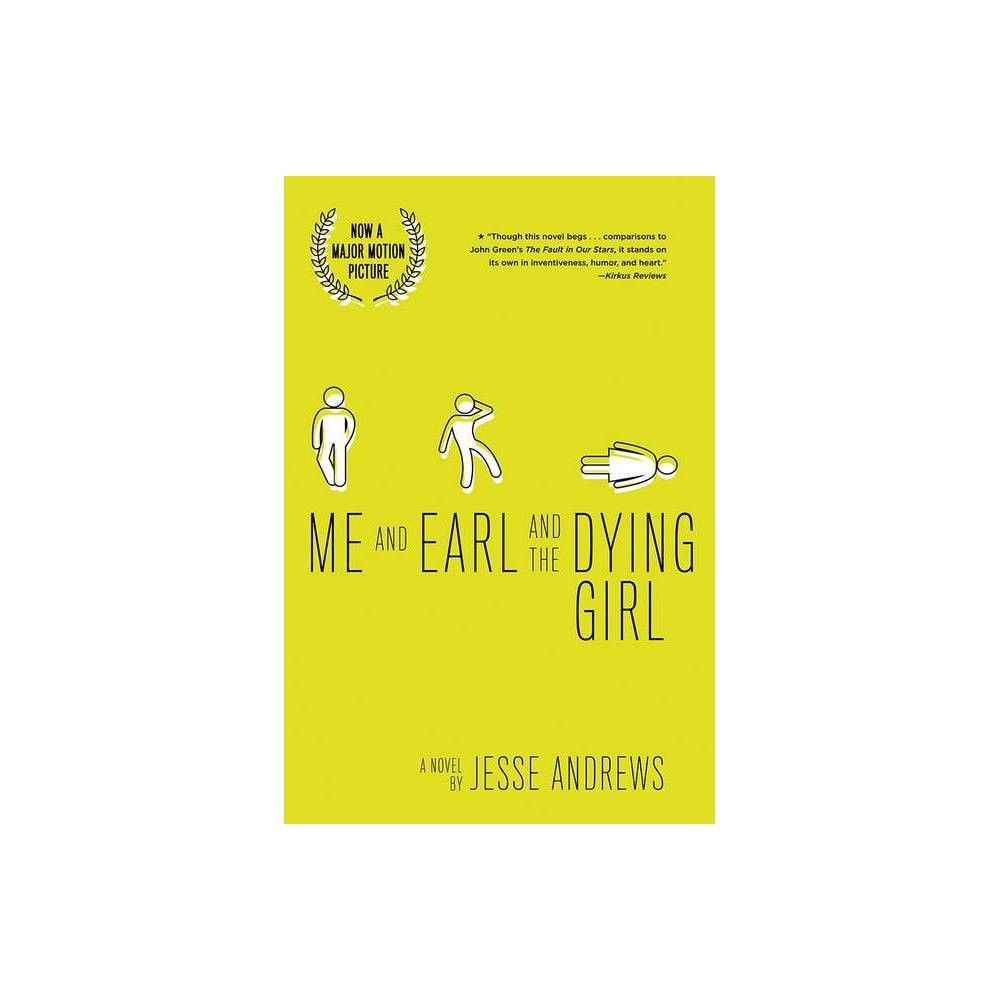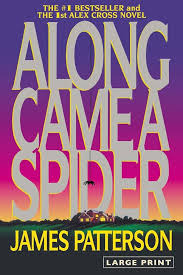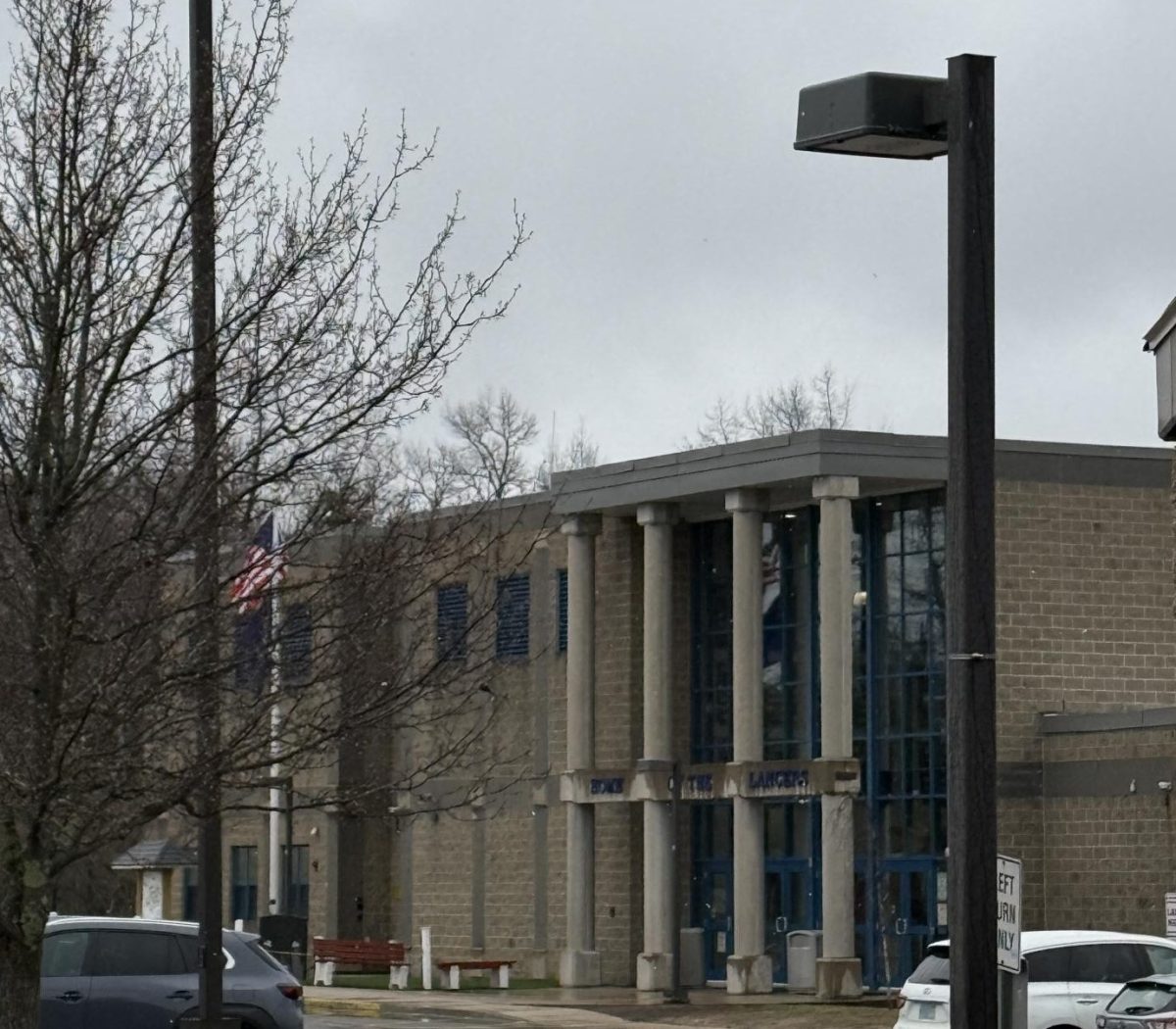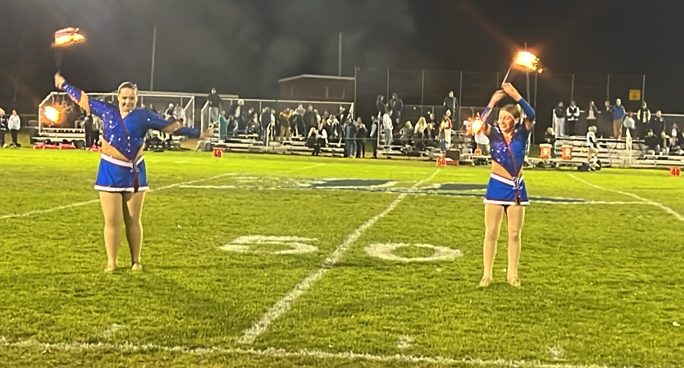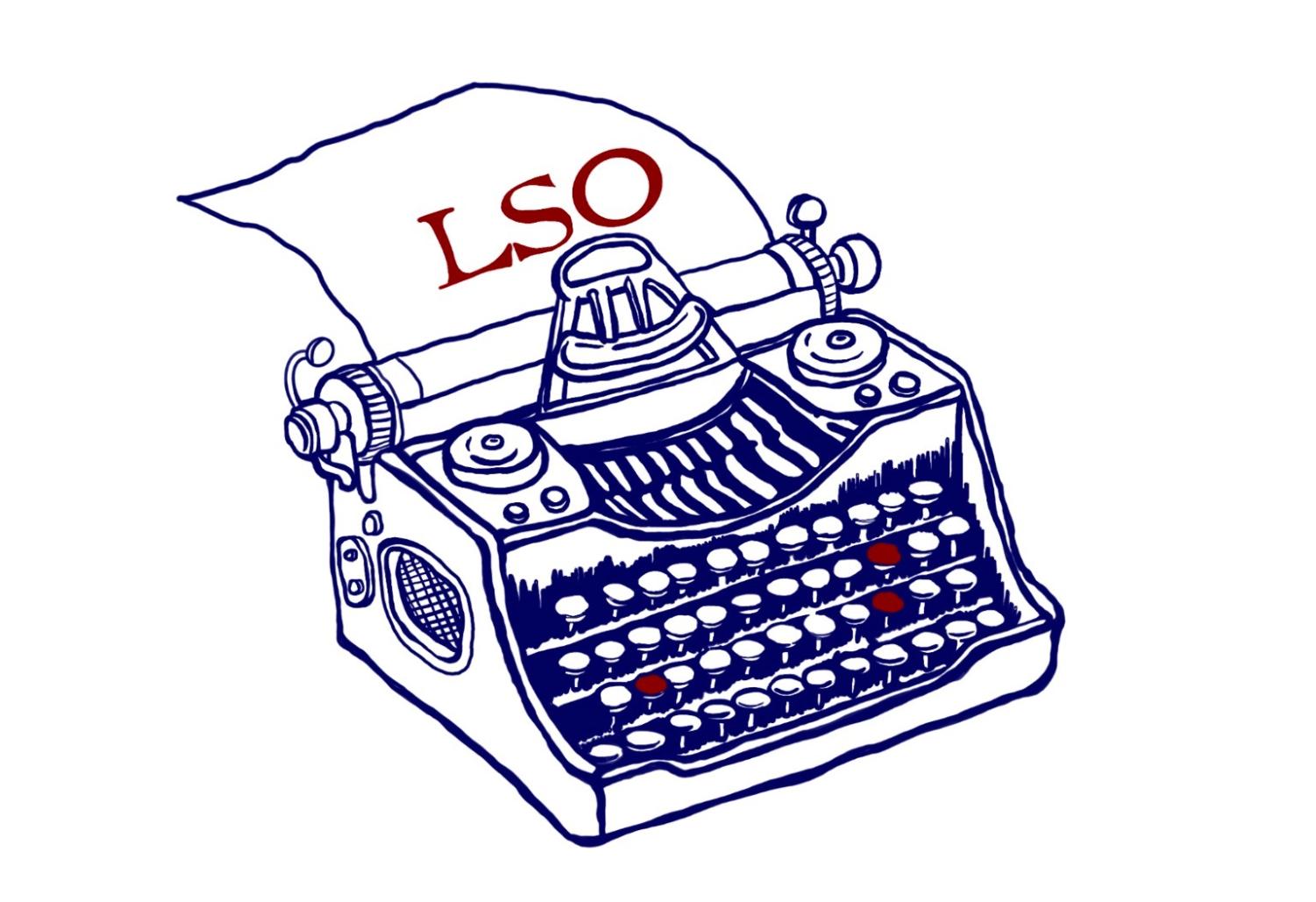As one of the world’s most popular franchises, Marvel Studios is notorious for their epic stories that follow seemingly impossibly powerful characters. For those few moments a year when the famed red logo flashes across the movie theater screen, viewers know that they are about to watch a masterpiece.
Their newest release was no different.
Spider-Man: No Way Home released December 17 and caused a box office massacre. Raking in $260 million ($600.8 million globally) in a single weekend, No Way Home is now tied with Avengers: Infinity War, one of Marvel’s most anticipated releases of all time, for the second highest grossing U.S weekend openings of all time.
As Tom Holland returns in the final installment of his Spider-Man trilogy, the future of the Marvel Cinematic Universe (MCU) is hanging in the balance. As “Phase Three” of the MCU ended following the release of Spider-Man: Far From Home (the second Marvel Spider-Man film), the chapter on the original Marvel heroes closed. No Way Home is the first film in the forward movement with the MCU storyline in “Phase Four” (note: Black Widow, Shang-Chi and the Legend of the Ten Rings, and Eternals are not included in this continuation, since they are introductions and backstories to characters).
No Way Home picks up exactly where it’s predecessor ended; Spider-Man’s identity has been revealed to the entire world by Mysterio, the beloved hero-turned-villain of the previous film. The film take place over the course of a few hectic months, while Peter Parker (Tom Holland), his girlfriend MJ (Zendaya), his best friend Ned Leeds (Jacob Batalon), and his aunt May (Marisa Tomei) attempt to gain control back in their lives following the news break.
The movie as a whole is not only the bridge between the past and future of the MCU, it is also an homage to the history of Spider-Man. No Way Home brings the return of iconic villains from the past two Spider-Man trilogies: Electro (Jamie Foxx) and Lizard (Rhys Ifans) from The Amazing Spider-Man series, along with Sandman (Thomas Haden Church), Doc Ock (Alfred Molina), and the notorious Green Goblin (Willem Dafoe) from the original three Spider-Man films, which released in the early 2000s.
As a film, No Way Home is executed nearly flawlessly. The cinematography is some of Marvel’s finest, and is a perfect tribute to Spider-Man’s New York City. Paired with some of the best acting of Holland’s career, this release has set unbelievably high expectations, along with excitement, for the future of Marvel films. No Way Home is a guaranteed classic superhero film, and is the culmination of not only actor and crew commitment, but the undying love and excitement for the friendly neighborhood Spider-Man.
To put things into perspective first: this movie is a complete ode to the history of Spider-Man. It is laced with references and characters that have been important to people of all ages across the world, and the emotion this film evicts from fans is exactly what makes it one of the greatest Marvel films of all time.
Having the film pick up at the exact second Far From Home left off, viewers are thrown right back into the frantic life of student-turned-hero Peter Parker. Unlike many of Marvel’s past projects, No Way Home is laced with action throughout its entire run time. It keeps viewers drawn into the story from beginning to end.
No Way Home is built on its intertwining storyline; featuring not only heroes and villains we haven’t seen in years, but introducing characters to the big screen. One of the most notable appearances comes early in the film, when fan favorite Matt Murdock (Charlie Cox) appears as Parker’s lawyer.
Matt Murdock has become a fan favorite following the release of his own show Daredevil a few years ago. Claimed by many critics to be one of the greatest Marvel shows of all time, Murdock’s introduction to the cinematic universe has been highly anticipated and very well received.
It is impossible to talk about the magic of No Way Home without bringing up the return of Toby Maguire and Andrew Garfield as their own respective Spider-Man. The two do not appear until the third act, but the build up to their arrival is perfectly executed and their introduction perfectly fits their Spider-Man persona.
Maguire’s Spider-Man/Peter Parker performance is usually made in reference to the more nerdy side of the character, which has led people to dub him as the best Peter Parker. However in No Way Home, Maguire is able to tap into those roots again, all the while honing his spot as the eldest Spider-Man and providing the much needed guidance to Holland’s young Spider-Man.
Although lots of controversy surrounds Garfield’s Spider-Man performance (some deem his duology to be the worst movies and some claim Garfield made Peter Parker “too cool”), No Way Home solidified the truth: Garfield is one of the greatest actors of this time. In just a few scenes, Garfield is able to bring the broken and damaged Spider-Man we were left with in his final movie, to a hero who has grown into acceptance.
From the multiple references and jokes, to the characters who finally returned to the big screen, all paired with stellar acting across the board, Spider-Man: No Way Home, is a perfect culmination of what superhero movies stand for: the struggle that comes with life, and the rewarding reunion that comes from it.



